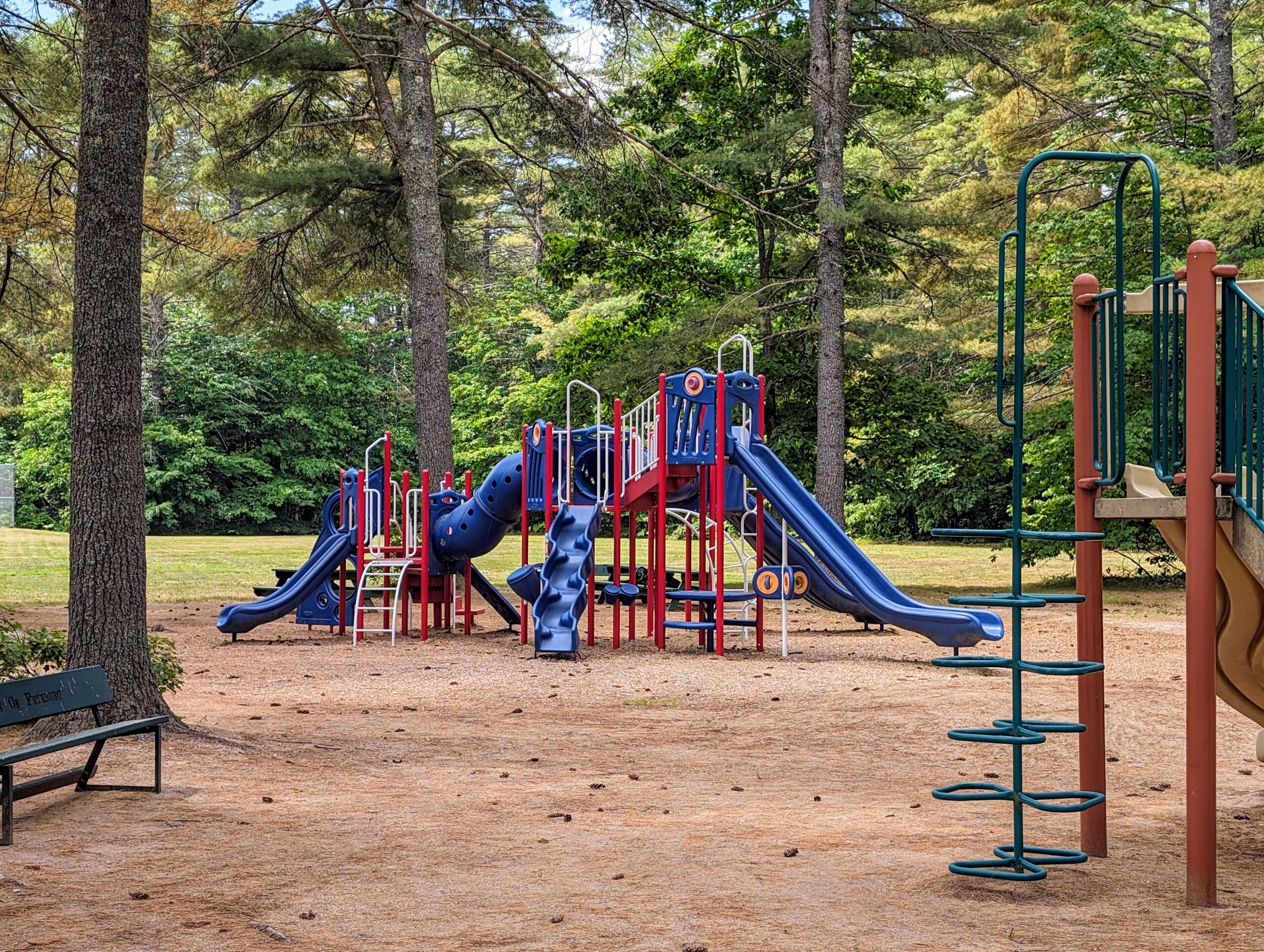David W. Collier*; Sherri B. Lantinga† | 1 Regent J. Glob. Just. & Pub. Pol. 247 (2015)
INTRODUCTION
The particular expressions of interpersonal cruelty vary across times, cultures, genders, and age groups; but bullying has undoubtedly been part of all human communities. Now, with the widespread use of hand-held communication technologies, adults and children have available an even broader range of ways to torment others. Although families and schools have long tried to deter and punish childhood bullying, the rapid onset of “cyberbullying” has outpaced the effectiveness of such measures. Further, the pervasiveness and public nature of cyberbullying may increase the risk of serious and violent responses such as suicide or school shootings.[1] In this paper we review how the American family and schools have attempted to prevent or punish traditional bullying. We next examine how the legal systems can be used to respond to serious consequences of traditional bullying. We also discuss the prevalence of cyberbullying in the U.S. and focus on how legal systems can be effectively used to deter cyberbullying.
WHAT IS BULLYING IN THE UNITED STATES?
The first step in any discussion on bullying is to define terms. For the purposes of this paper we refer to traditional bullying as “unwanted, aggressive behavior among school-aged children involving a real or perceived power imbalance.”[2] In addition, the behavior is “repeated, or has the potential to be repeated, over time.”[3] Bullying has typically taken three main forms, though they can overlap. First, verbal bullying entails name-calling, inappropriate sexual comments, and verbal threats.[4] Second, social bullying includes spreading damaging rumors, excluding someone from a group, and publicly embarrassing someone.[5] Third, physical bullying refers to hitting, kicking, pushing, tripping, and taking or breaking someone’s things.[6] All three types occur frequently in the United States.[7] A U.S. government-funded survey indicates that, nationwide, 73% of students in grades 6–12 experienced bullying in the last school year.[8] Admittedly, bullying statistics are difficult to assess, as researchers use different age groups, methodologies, timespans, and differently worded questions; as a result, 20% to 90% of students report being victims of bullying in the United States.[9]
Advances in communication technology have given rise to new and widely accessible ways of harming others. The popularity of and easy access to mobile phones and social media sites have led to a new form of bullying, so-called “cyberbullying.” Cyberbullying is “the intentional and repeated mistreatment of others through the use of technology, such as computers, cell phones and other electronic devices.”[10] In addition to the range of devices, cyberbullying also encompasses an array of forums. Cyberbullying has quickly become a common form of bullying in the U.S.[11] A national survey found that nearly one in six high school students (grades 9–12) were electronically bullied in the previous year.[12]
The basic appeal of cyberbullying may be similar to traditional bullying (e.g., sense of control, social status) but the constraints are significantly decreased, which may mean far more bullies and victims. Both parties may experience serious mental and physical health The basic appeal of cyberbullying may be similar to traditional bullying (e.g., sense of control, social status) but the constraints are significantly decreased, which may mean far more bullies and victims. Both parties may experience serious mental and physical health outcomes,[13] making bullying a significant concern for families, schools, and the government.
INDIVIDUAL AND FAMILY STRATEGIES FOR DETERRENCE OF TRADITIONAL BULLYING IN THE U.S.
Traditionally, American fathers (and other males in multi-generational, extended family households) have encouraged children (especially sons) to stand up for themselves and their families, which included fighting back against bullies. Thus, men taught children how to physically defend themselves. It was believed that hitting a bully who has been sufficiently warned was an effective deterrent to future confrontations.[14] In addition, the ability to defend oneself was thought to strengthen a child’s self confidence, elevate respect from peers, and protect him from bullying. These values and skills were reinforced by local community stories and in radio and television programming.[15]
Many Americans now consider such teachings to be ignorant, old-fashioned, or even brutal.[16] Indeed, American support for even occasional spanking by parents has significantly declined in recent decades, particularly among women.[17] Interestingly, this trend coincides with significant changes in family structure in the U.S.: the number of children under age 18 living in single-parent (no father) homes jumped from 23% to 36% between 1980 and 2012.[18] Rather than physical defense tactics taught at home, today’s promoted strategies to deter bullying focus primarily on parental and school-based development of a child’s social-emotional skills.[19] For example, Project SEATBELT (Safe Environments Achieved Through Bullying prevention, Engagement, Leadership, and Teaching respect) aims to help children “become resilient, respectful, and responsible and prevent their involvement in bullying, either as the child who bullies or the child who is bullied, or both.”[20] Other programs focus on making systematic or cultural changes within children’s social groups to prevent bullying[21] rather than training one child at a time.
Some critics believe these newer, “soft” psychological approaches to bullying address victims’ feelings, but fail to address the root of the bullying problem. In other words, social-emotional approaches teach children to be “good victims” instead of deterring bullies.[22] Thus, in an interesting adaptation of the older family-based coping strategies, some private organizations are attempting to prevent bullying by enhancing potential victims’ ability to physically protect themselves. For example, the Gracie Bullyproof system, run by a family of long-standing jiu-jitsu masters, trains children to understand appropriate rules of engagement and to use non-violent techniques to neutralize opponents who have physically assaulted them.[23] The Gracies believe “there are only three solutions to bullying: bullyproof the victims, bullyproof the bullies, and bullyproof the schools.”[24] A featured story describes a bullied 12-year-old who completed a one-week Gracie Bullyproof program, then returned to school and put his training into practice once he was bullied again: “He went through the entire cycle of standing up for himself verbally first, then physically, but not violently. He kept it humble, and allowed the bully to save face. No punches. No kicks. He just held him with Gracie jiu-jitsu. It’s the gentle way.”[25]
Although less publically visible and therefore more difficult to measure than organizational training, parents may still punish their children for engaging in bullying. Creative or unusual punishments sometimes garner news attention, as in a widely publicized U.S. incident in 2013, when parents learned their 10-year-old daughter was bullying another child because of her unstylish clothing.[26] The parents then forced their daughter to wear unattractive, second-hand clothing to school; within two days, she demonstrated remorse for bullying and showed empathy for the other girl.[27]
- Alana Vivolo-Kantor et al., Bullying and Suicide: What’s the Connection?, STOP BULLYING (Dec. 30, 2013), http://www.stopbullying.gov/blog/2013/12/30/bullying-and-suicide-whats-the-connection. ↩︎
- Id. ↩︎
- Id. ↩︎
- Id. ↩︎
- Id. ↩︎
- Id. ↩︎
- Id. ↩︎
- Jill Fleury DeVoe & Lynn Bauer, Student Victimization in U.S. Schools: Results from the 2009 School Crime Supplement to the National Crime Victimization Survey, NAT’L CENTER FOR EDUC. STAT. (Nov. 2011), http://nces.ed.gov/pubs2012/2012314.pdf. ↩︎
- Sandra G. Boodman, Gifted and Tormented, WASH. POST (May 16, 2006), http://www.washingtonpost.com/wp-dyn/content/article/2006/05/15/AR2006051501103.html; Bullying Statistics 2010, BULLYING STA., http://www.bullyingstatistics.org/content/ bullying-statistics-2010.html (last visited July 10, 2014); Danice K. Eaton et al., Youth Risk Behavior Surveillance – United States, 2011, 61 MORBIDITY AND MORTALITY WKLY. REP., no. 4 (June 8, 2012), http://www.cdc.gov/mmwr/pdf/ss/ss6104.pdf. ↩︎
- Definitions Related to Name-Calling, Bullying and Bias, ANTI-DEFAMATION LEAGUE, http://www.adl.org/education-outreach/bullying-cyberbullying/c/definitions-bullying-and-bias.html#.U46qTnK1aRY (last visited July 11, 2014). ↩︎
- Cyber Bullying Statistics, BULLYING STAT., http://www.bullyingstatistics.org/content/cyber-bullying-statistics.html (last visited July 11, 2014). ↩︎
- Eaton, supra note 9. ↩︎
- Effects of Bullying, STOP BULLYING, http://www.stopbullying.gov/at-risk/effects (last visited July 11, 2014). ↩︎
- Justin Case, Bullying Prevention: The Old Fashioned Way, MONT. PIONEER, http://www.mtpioneer.com/2011-April-bullying-prevention.html (last visited July 10, 2014) ↩︎
- E.g., Little House on the Prairie: The Bully Boys (Paramount Studios, NBC television broadcast Dec. 6, 1976). ↩︎
- Sue Edgerley, Teaching Kids to Protect Themselves, 5 KEYS PARENTING (Sept. 24, 2010), http://5keysparenting.com/blog/2010/09/teaching-kids-to-protect-themselves. ↩︎
- Attitudes Toward Spanking, CHILD TRENDS, http://www.childtrends.org/wp-content/ uploads/2012/10/51_Attitudes_Toward_Spanking.pdf (last updated Apr. 2013). ↩︎
- Family Structure and Children’s Living Arrangements, FED. INTERAGENCY F. ON CHILD AND FAM. STAT., http://www.childstats.gov/americaschildren/famsoc1.asp (last visited July 11, 2014). ↩︎
- E.g., Laura Markham, 10 Ways to Bully-Proof Your Child, AHA! PARENTING, http://www.ahaparenting.com/parenting-tools/raise-great-kids/socially-intelligent-child/Helping_Bulllied_Child (last visited July 11, 2014). ↩︎
- What is Seatbelt?, RFK CENTER, http://bullying.rfkcenter.org/what-is-seatbelt (last visited July 12, 2014). ↩︎
- E.g., About the Bully Project, THE BULLY PROJECT, http://www.thebullyproject.com/about_the_bully_project (last visited July 9, 2014); NO BULLY, http://nobully.com (last visited July 11, 2014); PACER’s National Bullying Prevention Center, PACER CENTER, http://www.pacer.org/bullying/about (last visited July 11, 2014). ↩︎
- Elisabeth Wilkins, School Bullies: How the Parents of One Child are Fighting back, EMPOWERING PARENTS, http://www.empoweringparents.com/blog/bullying/school-bullies-how-the-parents-of-one-child-are-fighting-back/ (last visited July 12, 2014). ↩︎
- GRACIE BULLYPROOF, https://www.graciekids.com (last visited July 10, 2014). ↩︎
- Id.; see also Gracie Bullyproof, GRACIE JIU-JITSU ACAD., http://www.gracieacademy.com/bully_proof.asp (last visited July 11, 2014); Steve Henson, Bullying Victims Fight back with Help from Brazilian Jiu-Jitsu Royalty, THE POST GAME (Aug. 24, 2011, 1:17 AM), http://www.thepostgame.com/features/201108/real-it-gets-victims-schoolyard-bullying-can-fight-back-help-ufc-royalty. ↩︎
- Henson, supra note 24. ↩︎
- Brittany Green-Miner & Caroline Connolly, Thrift Shop Clothes Punishment for Bullying Tween Gets Mixed Reviews, FOX 13 NEWS (May 21, 2013), http://fox13now.com/2013/05/21/ ugly-clothes-punishment-for-bullying-tween-gets-mixed-reviews/. ↩︎
- Id. ↩︎
* Professor of Law, Handong International Law School; J.D., Regent University School of Law. Professor Collier has served as an Assistant Commonwealth’s Attorney for Buchanan County, Virginia, where he prosecuted misdemeanor and felony criminal cases.
† Classroom consultant and editor, Handong International Law School; M.A., Ph.D. Social/Academic Psychology from the University of Illinois-Chicago. Sherrie Lantinga has served as a Professor of Psychology at Dordt College, Iowa and as the Dean for Curriculum and Instruction.

